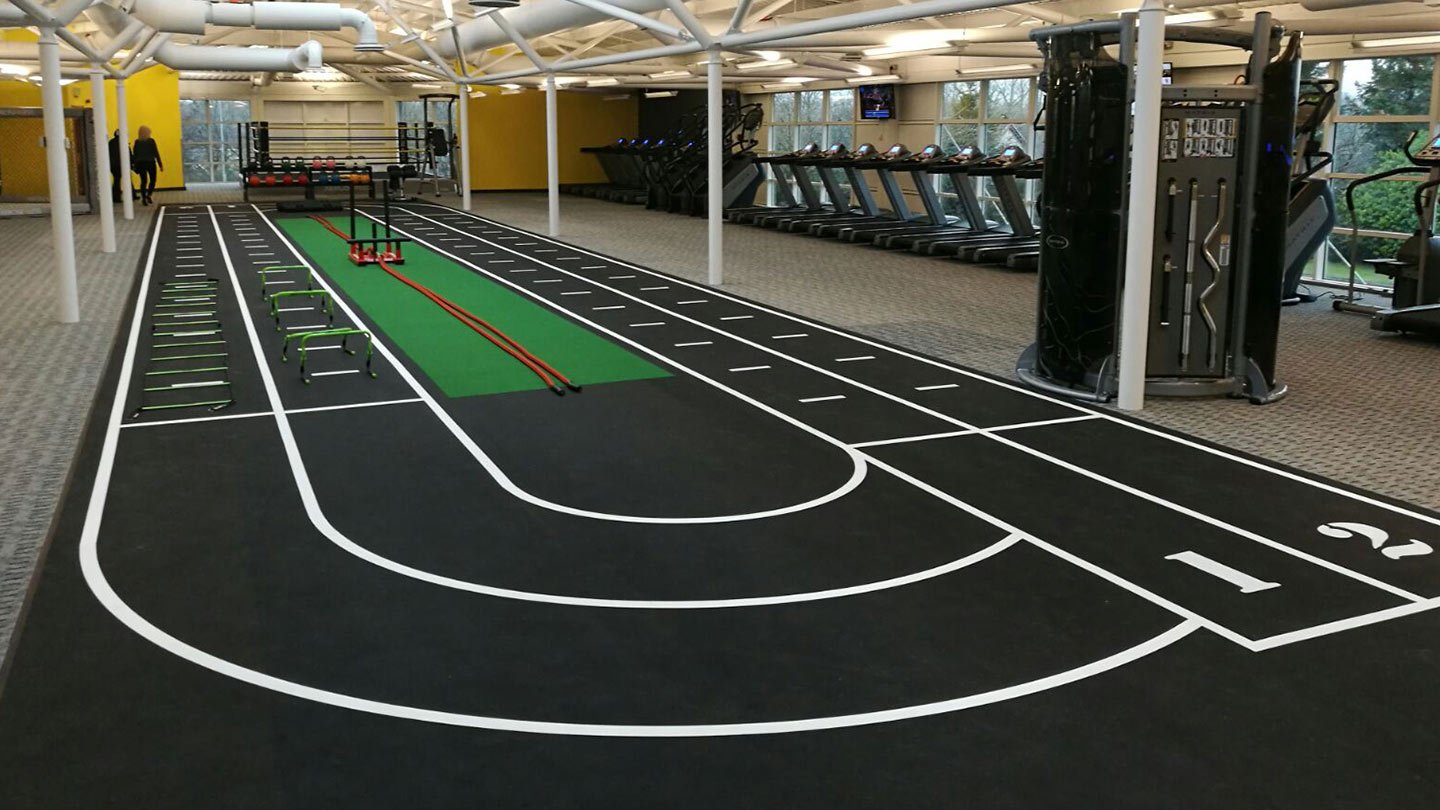Whether planning a complete home remodel or just doing a small upgrade, there are many important things to know before you start. This article covers planning, budgeting, structural limitations, and design considerations. You’ll also learn how to avoid mistakes that can ruin your remodel.
Planning
Before you start planning a home remodel, you need to decide what your goals are. You can remodel your home to make it look nicer or increase its value. Whatever your goals are, make sure you think about the costs and benefits of your changes. Besides adding value, consider whether the remodel will improve the efficiency of your home. For example, installing new windows can improve the aesthetics of your home and help reduce your energy bills.
Once you’ve decided on a budget, set a timeline for the entire project. You should include the estimated cost for materials and labour and some wiggle room for unexpected costs. You should also determine the order of the different phases of the project, including things like demolition and framing, as well as painting and installing cabinets. Make sure you factor in any contractor holidays and shipping times.
Make a list of all projects you want to complete before hiring a contractor. Decide what’s most important to you and which can wait. If you plan to stay at home for a long time, prioritize the projects based on priorities. A well-defined timeline will help the renovation go smoothly and within your budget. Remember, communication is essential in any project, so ensure you and your contractor stay in constant communication. Discuss concerns with your contractor early on in the project so that they can be addressed before they become costly.
Budgeting
When starting a home remodel project, it is crucial to budget for the total cost. This includes the time it takes to complete each task. Whether you are a DIY-er or hiring a contractor, it is essential to estimate your budget before you begin. Then, you can scale back your plans if necessary.
The biggest mistake homeowners make is underestimating the cost of the project. If you are unsure of the cost, get as many quotes as possible. It is always better to be prepared than to be shocked by an unexpectedly high price. For example, many people believe that renovating an older home is cheaper than building a new one, but it is essential to know the costs before you start.
Most people don’t have unlimited funds to spend on home remodel projects. Even if you have some wiggle room to spend, it is best to set aside a reasonable amount. Even if you can afford a certain amount, you still won’t be able to fund every last detail of the project. This means that you will have to make cuts here and there, which can be challenging.
Structural limitations
Before you start your home remodel, it is essential to consider your home’s structural limitations. For instance, many cities and towns limit the height of houses. If you want to add a second story, you’ll have to account for a stairwell, which can take up 80 to 120 square feet of additional living space. In some cases, you may even need to tear down the walls or ceilings below the floor to beef up structural supports.
Design considerations
Identifying your design style is one of the first steps in planning a home remodel. This will allow you to create a mood board and inspiration list for your remodel. Keeping your interior design and exterior design complementary is also essential. While selecting the materials and colours for your remodel, keep in mind that you will also want to consider the space’s functionality.



